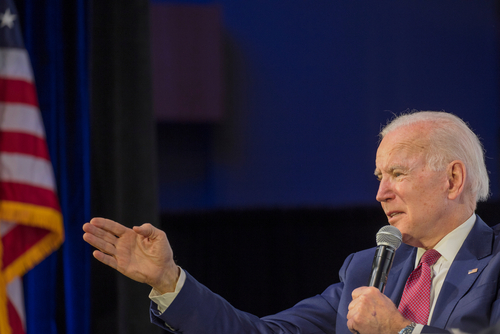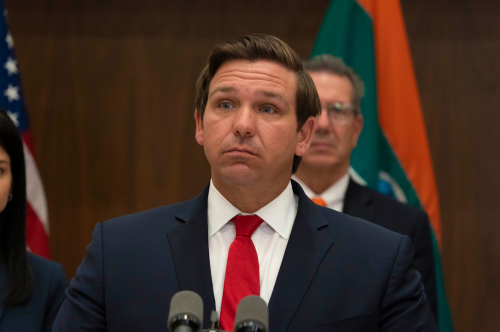Listen To Story Above
Construction of the Panama Canal, a vital piece of international infrastructure, is set to undergo significant modernization through China’s ambitious plan, pending approval from Panama’s National Assembly. This development comes amid global concerns about China’s economic influence in Latin America.
Historically, this waterway has been crucial for maritime trade, with 3.5% of global commerce passing through annually. The project’s original design stems from the visionary leadership of U.S. President Theodore Roosevelt during the early 1900s, yet current conditions suggest it’s time for an upgrade.
🇨🇳🇺🇸China will own U.S. if we don't get the Panama Canal deal done.
Forget about tariffs if China gains control of the Panama Canal before we do.
"Everybody in the U.S. is screwed if China takes control of the Panama canal. This is not even a joke." pic.twitter.com/HDKHv0QWaR
— Patrick Bet-David – CEO of Valuetainment (Parody) (@notPBD) December 27, 2024
China’s modernization proposal for the canal system involves comprehensive enhancements worth $5.7 billion. These improvements include new reservoirs, deeper channels, and upgraded lock systems to accommodate larger vessels. The initiative aims to address water scarcity issues and improve operational efficiency.
However, U.S. officials express growing unease about China’s potential control over this strategic waterway. The concern centers on Beijing’s ability to influence global maritime trade routes, particularly given China’s pattern of infrastructure investments in developing nations.
The proposed changes would mark the most substantial modifications to the canal since its 1914 completion. While the original construction represented American engineering prowess, this new chapter could shift the balance of international influence in the region.
Panama’s government maintains that any modernization efforts will prioritize national interests while respecting international maritime agreements. Yet, the debate continues about whether Chinese involvement could compromise the canal’s neutrality and independence.
China controls the Panama Canal now.
Trump won’t let that stand.
This is real leadership.pic.twitter.com/mdyP0l0887
— Paul A. Szypula 🇺🇸 (@Bubblebathgirl) December 22, 2024
This situation mirrors broader geopolitical tensions between the United States and China, particularly regarding infrastructure development in Latin America. As discussions proceed, the future of this crucial maritime passage hangs in the balance, along with its implications for global trade dynamics.
The modernization project’s outcome could redefine the canal’s role in international commerce while potentially altering the strategic relationship between the Americas and Asia. With growing vessel sizes and increasing trade volumes, the canal’s upgrade appears necessary, though the source of this development remains contentious.






